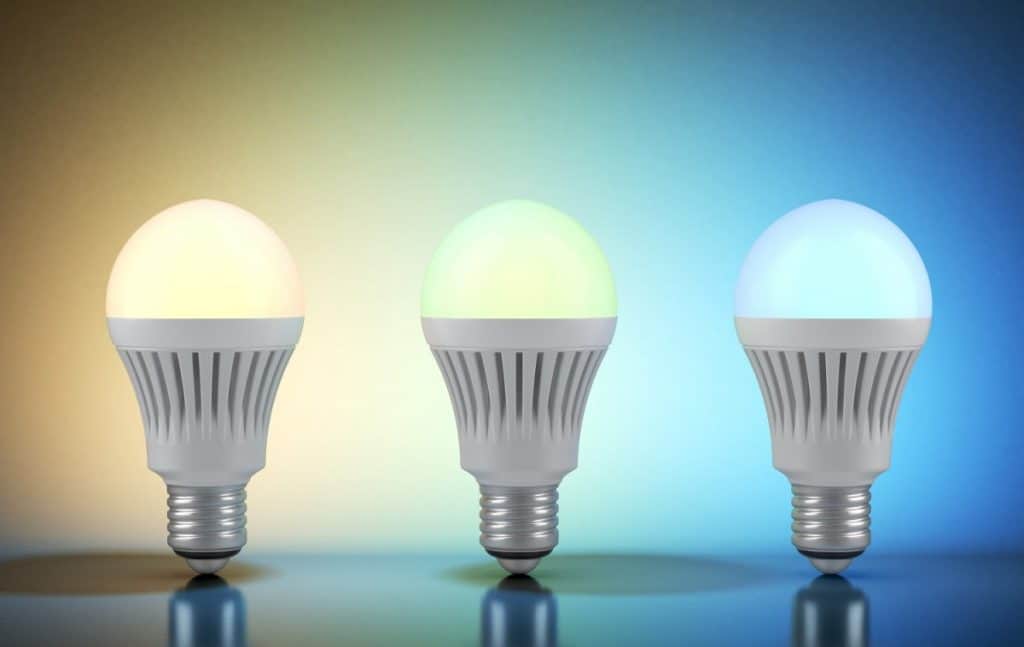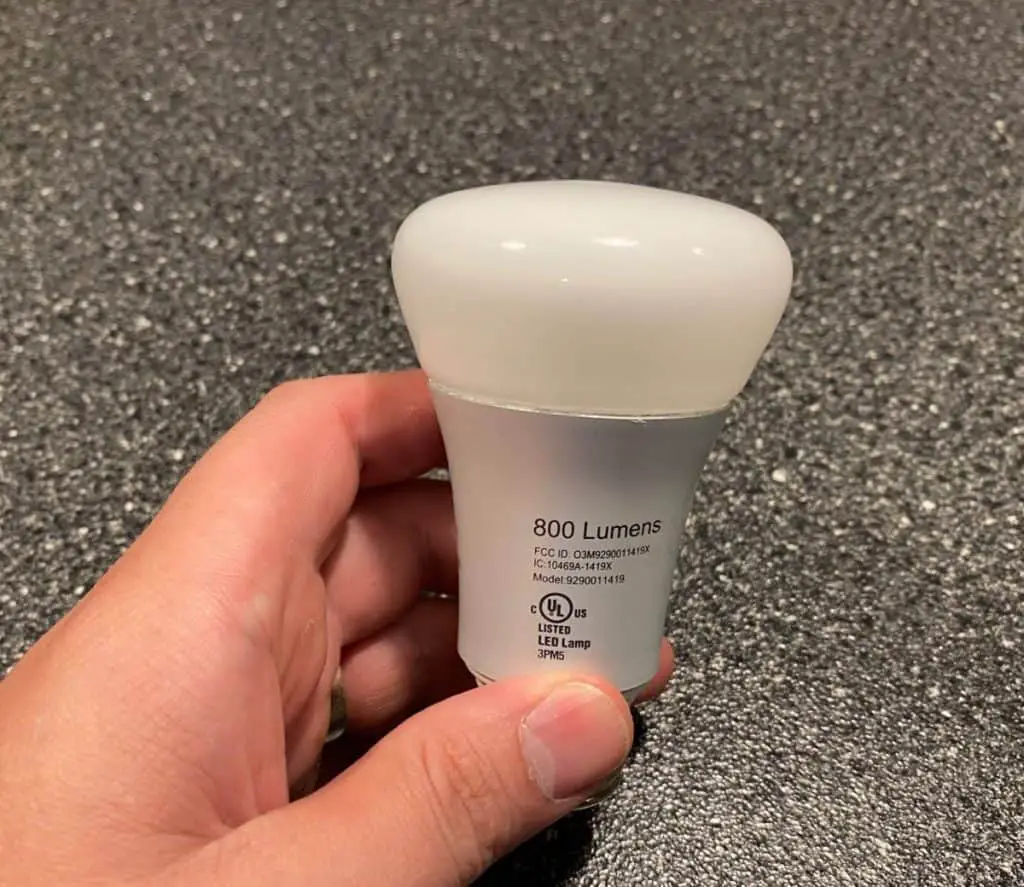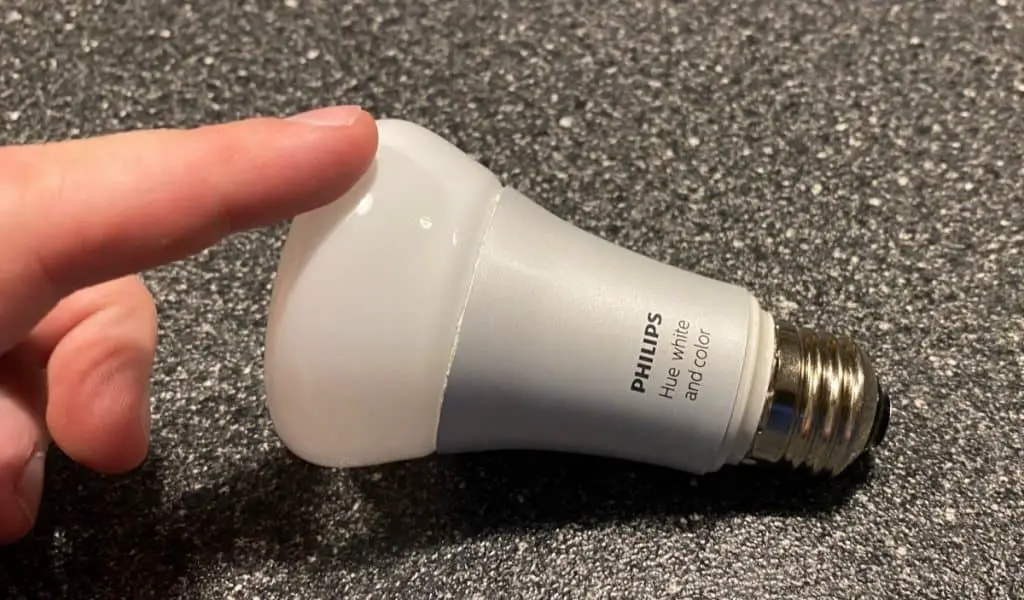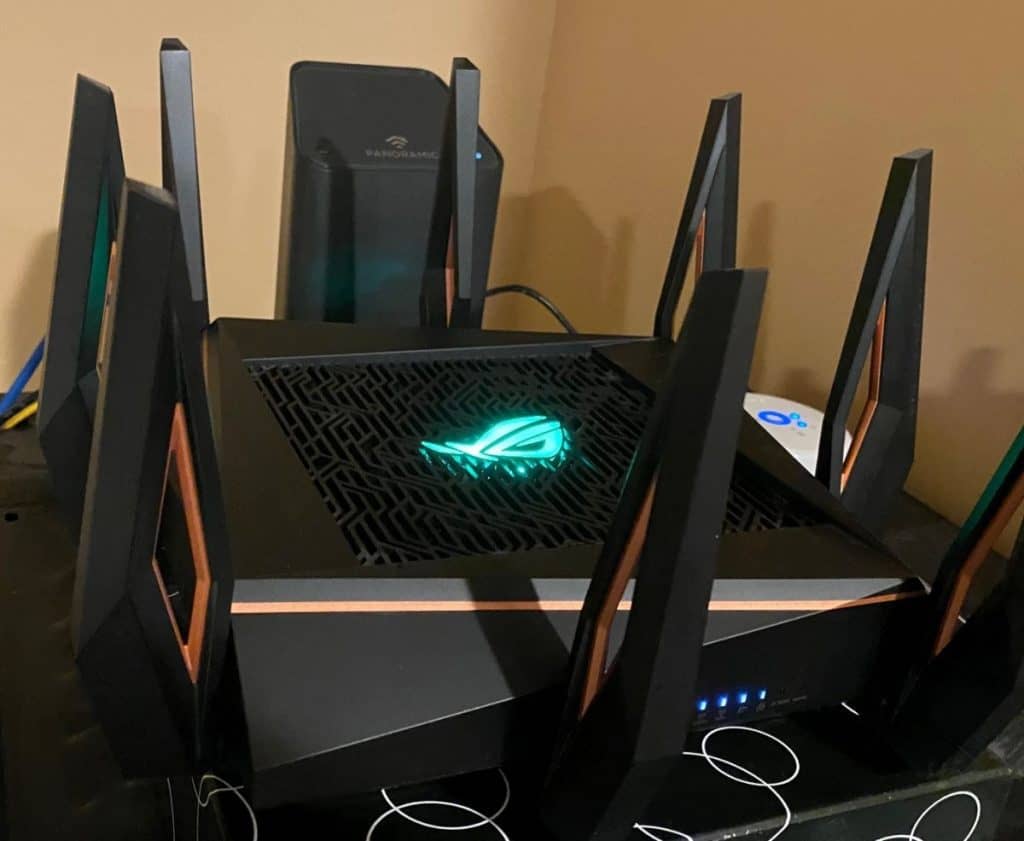Smart technology has come home. It is now possible for homeowners to wirelessly link various elements and appliances to their smartphones for complete control of them anywhere on their property and beyond. A typical entry point to smart home technology is the installation of smart lights, which can be turned off and on, dimmed, and even customized from an app on your smartphone.
If your smart lights aren’t responding, something may have interrupted your bulb’s connection with the WiFi. Additionally, there could be a problem with the bulb’s settings, or your network may be out of range or unequipped to deal with smart home accessories.
This article will explore three of the most common causes of unresponsive smart lights and some potential resolutions. Specifics might vary depending on your preferred smart bulb brand, but the solutions apply to most if not all lights available on the market. With that in mind, let’s get started!

1. Something Has Interrupted Your Bulb’s Connection with the WiFi
Smart lights, being equipped with additional electronics, are just as prone to errors and malfunctions as any other piece of similar technology. Occasionally, something will interrupt their operation and cause the bulb to become unresponsive, such as a power outage or changes to your wifi network’s settings.
The Fix: Cycle Your Device, Router, or Smart Hub
We recommend first cycling the power to the device the bulb is plugged into to do a soft reset. Allow the smart bulb a minute to reconnect, then check to see if it is responsive. If not, try the additional suggestions below or keep reading for more potential fixes.
There are two other points in which various minor errors could crop up, causing your smart lights to be unresponsive: your wireless router or smart hub. Following the same power cycle process on one or both of these devices may resolve the issue.
2. There’s an Issue With the Settings
Cycling the power will only go so far: The device will retain its settings from when it was previously powered on. If the issue lies within the settings, simply turning the bulb off and back on will not resolve it. You’ll have to perform a hard reset instead.

The Fix: Perform a Hard Reset on Your Smart Bulbs
To address any potential deeper issues with how the smart light was set up, you will need to perform a hard reset and re-link the bulb to your network.
The process of resetting a smart bulb varies depending on the manufacturer. We have included three major smart bulb brands: GE, Sengled, and Philips. Depending on your preferred brand, you’ll want to consult their support page for specific reset instructions.
Resetting smart bulbs typically involves turning them on and off in a specific pattern. To do this, ensure your bulb is connected to a simple switch and not a dimmer or multi-function switch.
Alternatively, you can use a power strip equipped with a button or simply plug and unplug the device that uses the smart bulb.
Resetting GE Smart Bulbs
- Turn the light off, wait at least five seconds.
- Next, turn the light on for eight seconds.
- Then, turn the light off for two seconds.
- Repeat the process until the bulb flashes three times.
Resetting Sengled Smart Bulbs
- Starting with the bulb off, cycle the bulb on and off once.
- Repeat this ten times, ending with the bulb on.
- The bulb will flash five times to indicate it is ready to be paired.
Resetting Philips Smart Bulbs
Philips Hue smart bulbs do not have a manual on/off reset process. Philips recommends using the Hue app to “delete” and re-add the light under “Light Setup.” If you use a different Smart Hub app, deleting the bulb and re-adding it will have the same effect.
Alternatively, if you have a Philips Hue dimmer switch, you can hold down the On and Off buttons for ten seconds until the light blinks, which indicates it has been reset.

3. Your Network May Be Unable to Support Your Smart Bulb
Connectivity issues are common when setting up a smart home, especially if your network isn’t set up to handle a lot of devices spread out over a large area. If your smart lights aren’t responding, they may be having trouble connecting to your wifi network.
The bulb may be out of range of your wifi router. Alternatively, your network might not have enough bandwidth to manage the number of devices trying to connect to it. Try these steps to troubleshoot and resolve network connectivity issues when setting up smart lights:
The Fix: Restart or Reset Router
This can be done by cycling the power, as mentioned above, or using the router’s specific reset function. Consult the support page or manual for your specific brand and model of router for detailed instructions on how to reset it.

The Fix: Move Your Router or Smart Bulb
Your bulb and router may be out of range, preventing them from communicating. If this is the case, the simplest solution would be to move one or the other closer to a stronger connection.
In some cases, this won’t be possible. Consider purchasing a wifi extender or repeater or upgrading your wifi router to allow for a longer range.
The Fix: Perform a Wireless Speed Test
If these solutions do not resolve the issue, it’s possible your WiFi simply isn’t fast enough. While most smart home devices do not require a huge amount of bandwidth—only around five to ten Mbps for ten to 15 devices—other electronics connected to the network will affect the network’s performance.
Consider testing the speed of your network to see if it meets the five to ten Mbps speed required for an effective smart home. Keep in mind any other streaming or gaming devices you may have connected to your network, as these will have the most significant impact on speed.
Conclusion
Like all electronics, smart lights are a blessing until you begin to run into issues. Luckily, smart lights are relatively simple, and troubleshooting is easy. While any number of things can affect the performance of smart lights and cause them to become unresponsive, most issues can be fixed quickly by cycling the power or resetting the bulb itself.
In some cases, you may consider reaching out to the manufacturer for further support. They will be able to resolve your issues and get your smart home back up and running in no time.
